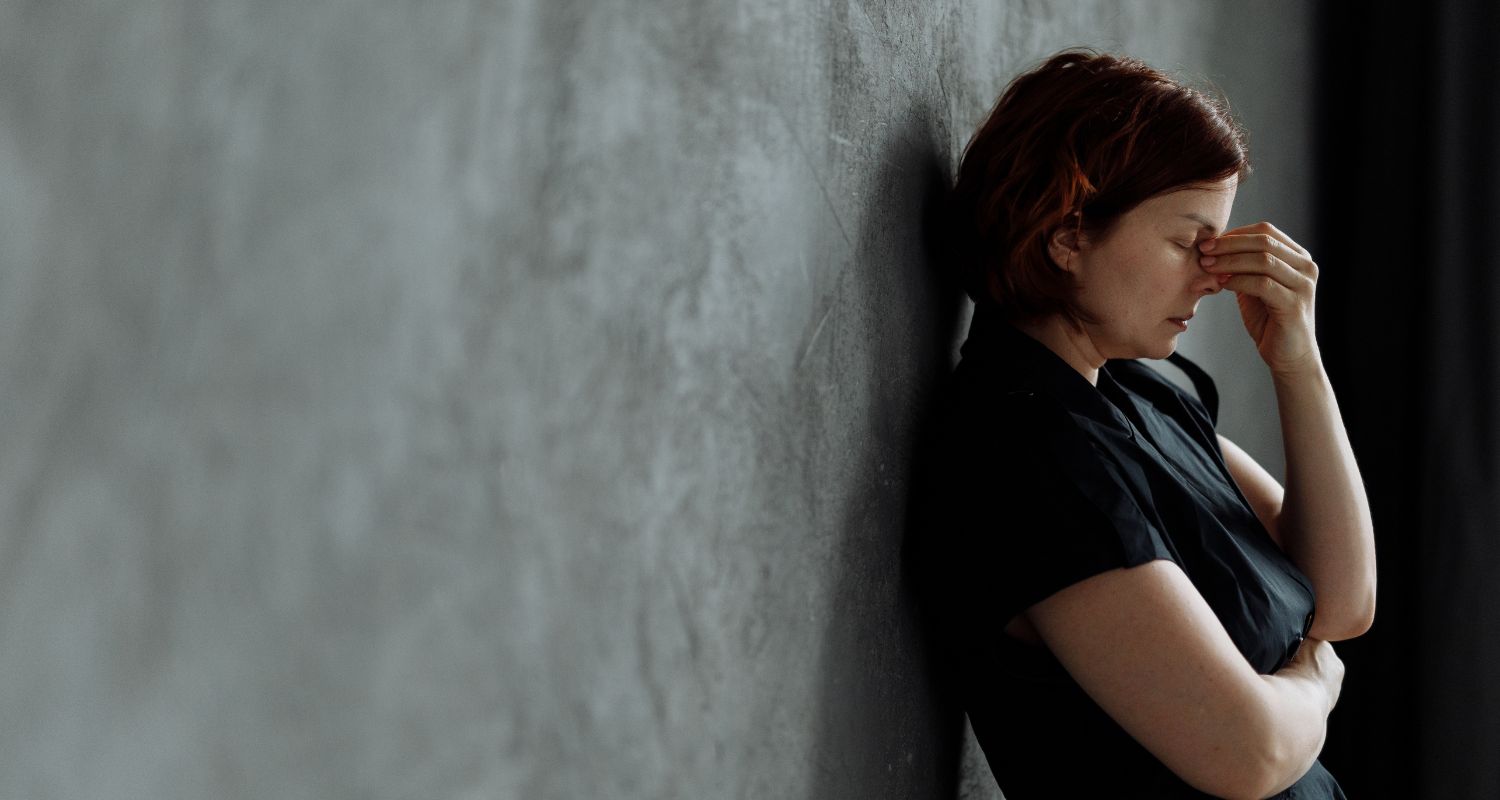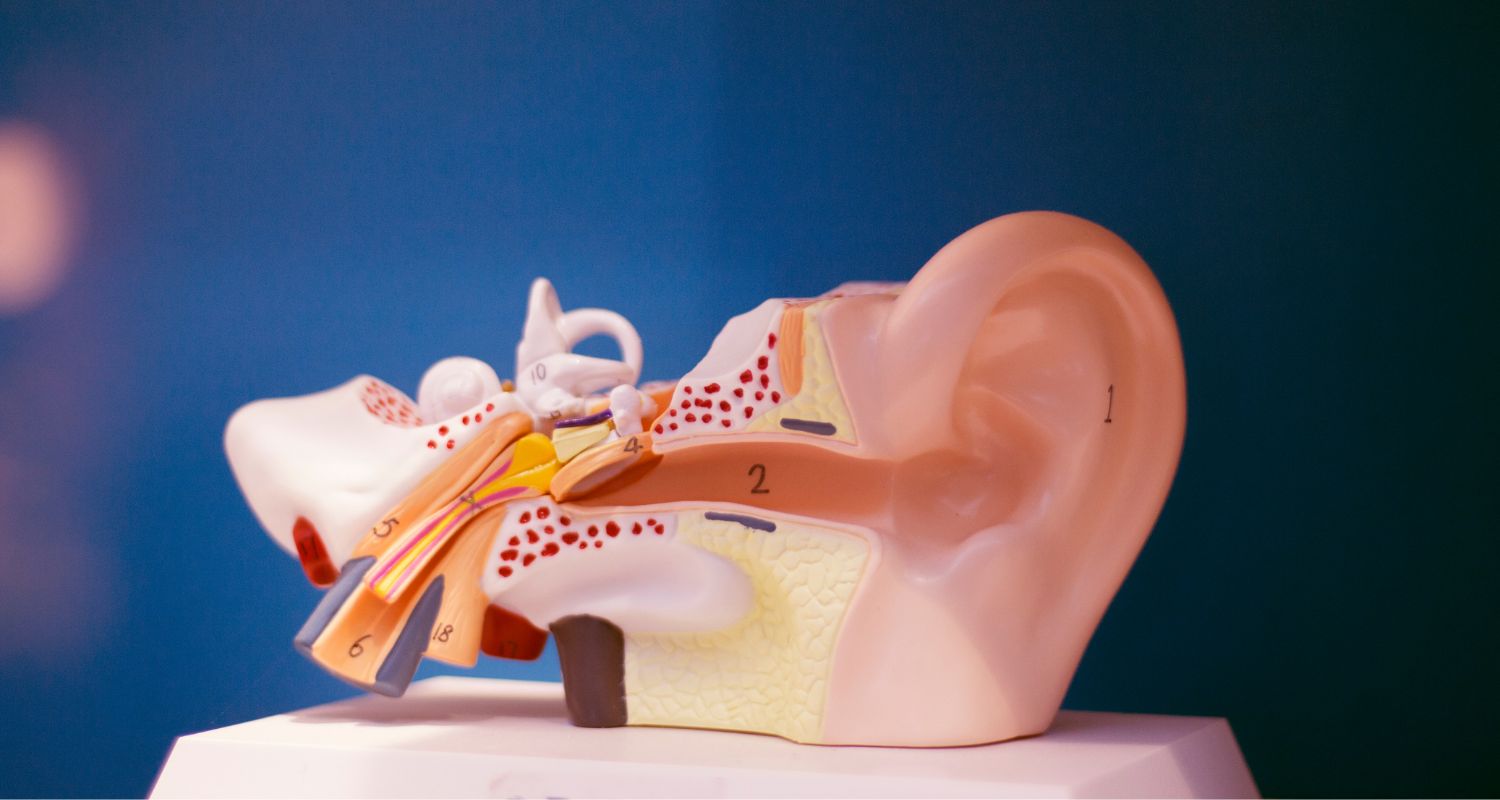 The silver screen has a rich history featuring movies with dizziness or vertigo as central theme, or providing a level of dramatic conflict. Can you think of a few? (We’ve included our favorites at the bottom of this blog post).
The silver screen has a rich history featuring movies with dizziness or vertigo as central theme, or providing a level of dramatic conflict. Can you think of a few? (We’ve included our favorites at the bottom of this blog post).
You might immediately think of the 1958 Alfred Hitchcock film, “Vertigo”. But even today, this movie classic continues to leave many people confused to the definition of vertigo. And perhaps because of that, “vertigo” is often a frequently misused term.
In medical circles, vertigo refers specifically to a false sensation of movement. The University Of Maryland Medical Center defines vertigo as “the perception of motion when no movement is present, or the abnormal perception of motion in response to movement”.
Many people mistakenly say “vertigo” when they mean fear of heights or simple dizziness. A fear of heights is known as acrophobia, and it’s different than vertigo.
But make no mistake that the two conditions can interact. And vertigo can happen in simple situations. Imagine being at a high altitude. You might have the sensation of lightheadedness and movement, even though you’re not moving. Next, imagine you’re looking down from an observation deck. Or perhaps gazing up into the sky to catch sight of an object. Even movies like last year’s The Walk. All of these can cause the swirling sensations of vertigo. And those can contribute to a fear of heights.
Even everyday routine movements can trigger vertigo – like walking. Or maybe changing your perspective, like gazing out the window of a car. In the majority of instances, your brain and your inner ear – the body’s vestibular system –may be out of sync. While vertigo can be caused by a variety of issues, the majority of vertigo cases are related to inner ear issues.
So why exactly, is it the inner ear? The inner ear helps your body to regulate balance, and when it isn’t working properly, you can become dizzy. For some, when the head is tilted in certain positions, they may also experience hearing issues along with increased dizziness.
The definition of vertigo hasn’t changed since Hitchcock’s “Vertigo” debuted almost 60 years ago. But efforts to understand vertigo continue to grow. Our own clinical research supports learnings published by The Mayo Clinic and the journal Frontiers in Neurology.
- The most common type of vertigo is known as Benign Paroxysmal Positional Vertigo, or BPPV for short.
- Vertigo often strikes our oldest populations. About 30% of people ages 60+ have experienced challenges associated with vertigo.
- It’s experienced by both genders, but seems to be reported more often by women than men.
- Falls are often caused by dizziness or vertigo. Falls are the leading cause of accidental death in those older than 65.
We promised we’d share our favorite movies featuring dizziness, vertigo and balance themes. They include:
Vertigo The Walk
Apollo 13 Poltergeist
Psycho Jaws
Quiz Show Marnie
Do you have a favorite?
And while vertigo may get a bad rap, please remember that we’re passionate about understanding vertigo, and helping our patients to conquer it. So let’s limit your vertigo experience to the movie screen. We prefer vertigo take a supporting role in the make-believe cinematic world rather than become the real-life star of yours.






Leave A Comment